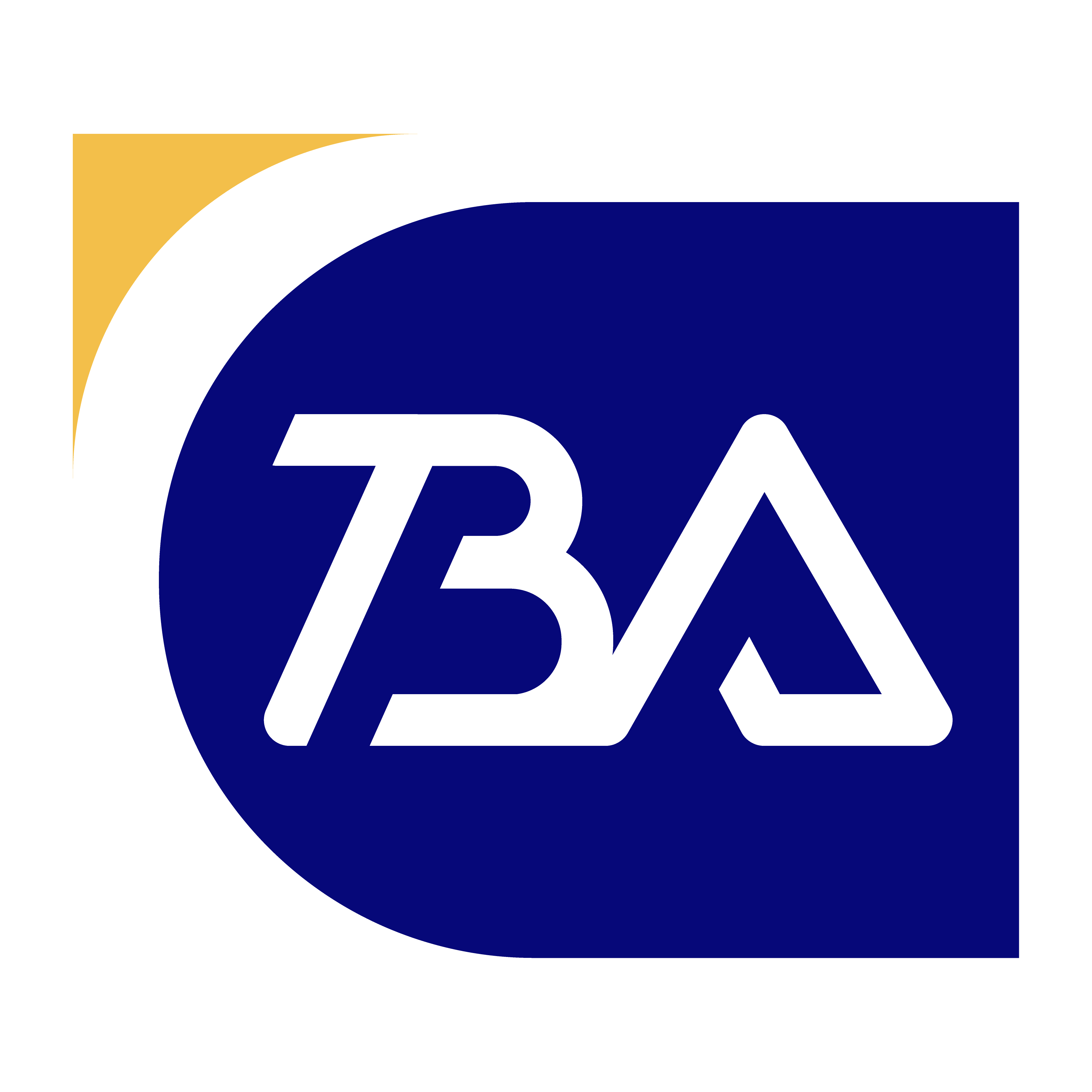Save up to £20,000 tax-free with an ISA – 20 savings tips to get you started!
- TBA

- Jul 12, 2024
- 5 min read
Updated: May 29
Every financial year, you’ll receive a new Individual Savings Account (ISA) allowance of £20,000 which you can save tax-free.
So, how should you make the most of this?
1. Develop a habit of saving
Everyone over the age of 16 can save up to £20,000 each tax year in an ISA. But most people don’t use their full allowance.
On average, savers only save about a quarter of the allowance, and many save even less.
So, don’t be discouraged – just save whatever you can manage.
Saving a little here and there may not seem like much, but it can add up significantly over time. The key is to develop the habit.
2. Check your ISA regularly
If you haven’t checked your old ISAs in a while, you might assume that they are quietly growing…but that’s not always the case.
Many Cash ISA providers offer attractive introductory rates for one year, after which your savings are transferred to a low-interest account. Similarly, many providers offer higher rates to new customers while keeping loyal savers on the lowest rates.
So, make sure to check your ISAs at least once a year to ensure you are still getting a good deal.
If not, transfer your funds to a new provider or ask your current provider for a better rate.

3. Consider interest rates
We have reached the highest interest rates since 2009, meaning that you can shop around to find the best rate to suit your saving needs.
4. Control spending
Saving is hard. It requires self-control, delayed gratification, and spending less than you earn.
So, make it as simple as possible by eliminating the need for willpower.
Set up direct debits or standing orders to automatically transfer funds to your ISA. Or use the ‘pay yourself first’ model—put money into your ISA as soon as you get paid so you won’t be tempted to spend it.
5. ‘Challenger’ banks
Millions of savers simply deposit with their existing bank. But to get the best rates, you need to look further afield. Challenger banks often offer the best rates, while high street banks are slower to offer competitive deals.
Check the best Cash ISA rates across various banks before making a decision.
6. Online rates
Many savings providers offer better rates to customers who open accounts online rather than in-branch. This is unfair, as customers shouldn’t be penalised for preferring in-person banking or being uncomfortable or unable to go online.
However, this practice is becoming increasingly common. To get the best rates, check the latest rates online from your branch. If you can’t do it yourself, seek help from a trusted friend or family member or ask for help setting up an ISA online at the branch.
7. Flexible savings
Some (but not all) Cash ISAs are flexible. This means you can withdraw money from your ISA and replace it without it counting against your allowance.
If you want to withdraw money from your account and replace it within the same tax year, make sure to choose an account that offers this flexibility.
8. Savings accounts for family members
All family members are eligible for ISAs. Adults can save up to £20,000 each tax year, and those under 16 can save up to £9,000.
Consider opening ISAs for family members and children to help them build a valuable financial cushion.
9. Transfer between ISAs
Switching ISA providers every year or two can help ensure you still get the most competitive deals but be careful about how you transfer funds.
If you withdraw cash yourself and move it to a new ISA, your money will lose its tax-free status. Always ask your new ISA provider to handle the transfer to ensure you keep your tax benefits.
10. Transfer wealth to your partner
Generally, your spouse or civil partner can inherit your ISA allowance when you die, and vice versa.
In addition to the regular ISA tax-free amount, they will also get an extra allowance equal to the value of your ISA at the time of your death.
11. Diversify investments
You don’t have to choose between cash ISAs and stocks and shares ISAs—you can have both. This way, you can accumulate some cash for emergencies and invest for your long-term financial goals.
12. Transfer £1,666 regularly
If you plan to use the full annual ISA allowance but don’t want to pay it all at once, consider transferring £1,666 to your ISA each month. Over 12 months, this adds up to nearly £20,000, which is your full allowance.
13. Don’t wait for the perfect time
Waiting for the perfect market conditions to invest is pointless. A market crash may be imminent, or the market may be gearing up for a boom—we just don’t know.
However, delaying investment until conditions are right may ensure you miss out on market returns.
To mitigate the risk of investing at a bad time, spread your savings over time rather than investing a lump sum. This way, you invest in all market conditions—good and bad—hoping it will average out over time.

14. Prepare for future turbulence
Financial markets may remain volatile for some time, inflation will persist, and central banks may further raise interest rates.
Investors might also consider funds from companies that regularly pay dividends in tough economic conditions, even if share prices do not rise.
15. Rational investing
At the start of a new tax year, many investors choose new funds to add to their ISA portfolios. However, it may be more prudent to review your funds carefully and only select a limited number, depending on your willingness to expose yourself to risk.
16. Short and long-term investments
In the long run, stocks and shares ISAs may yield higher returns than cash versions.
However, if you think you might need your funds soon, investing may not be suitable and you may be better off with a standard cash ISA.
17. ‘Core and satellite’ approach
To ensure you don’t take on too much risk, try a core and satellite approach to your investment portfolio. This means putting most of your investments into a diversified fund or funds investing in a wide range of companies across various sectors and regions.
Then, use a small portion of your investment to buy funds or stocks with higher potential but more risk.
For example, if you think small UK companies, global healthcare, or even artificial intelligence show potential, you can include these in your satellite funds without exposing yourself to too much risk.
18. Innovative finance ISAs
These are the least popular members of the ISA family but might be worth considering for some. They allow you to lend money using a peer-to-peer model.
They tend to be riskier, but usually offer good returns.
19. Lifetime ISA for prospective homebuyers
If you’re saving for your first home, a Lifetime ISA might be a good choice. You can pay up to £4,000 each tax year and receive a 25% government bonus.
However, you’ll need to check a long list of eligibility criteria before proceeding.
20. Seek professional advice
Investing has become much easier in recent years. You don’t need to pick individual company stocks, have an opinion on the economy, or even choose your investments.
Many investment platforms offer ready-made funds. You just need to answer a few questions about your risk tolerance and investment time frame, and a professional will suggest suitable funds for you.
For individuals and businesses looking for UK taxation services, use our contact form to get in touch for more information.
Get in touch with us at info@tbgroupuk.com or for a free one-to-one consultation.



